This year’s beautiful corn crop is disappearing rapidly around the valley. It is harvest time if you make silage to feed the dairy cows. Corn silage is made with the whole plant, except the roots, chopped into small pieces to facilitate fermentation. The science of the fermenting process is known as zymology. Humans have been fermenting foods and drinks for 8,000 years before Christ. The fermentation process that produces corn silage is similar to those that make sauerkraut, kimchi, yogurt, beer, other beverages, and vaccines and medicines.
The number of acres of corn for silage has grown each year. Silage provides a good quality of feed available for a much longer time. This year, the total acreage reached in Churchill County is approximately 3,400 acres, producing an estimated average of 25 tons per acre. This seems like a lot until you realize that the cow-dairy farms in Churchill County had 371,000,000 pounds of milk or, in lay terms, 43,000,000 gallons in one year.
It is not only production that has increased. The equipment and knowledge improve each year. Cottonwood Dairy graciously allowed photographs of their harvesting and the making of the above-ground silage mound. They planted different varieties of corn, and other farmers were contracted to grow some of the dairy’s corn. This helps not only the dairy but also the other farmers to rotate their crops and maintain the integrity of their soils.
The choppers applied an inoculant during the harvesting to enhance the fermentation process before blowing the corn pieces into the 36-foot silage trailer.
The next step was to deliver the freshly chopped corn to the silage mound. The trailers have chains that rotate the corn out the back end. Then, the dairy has two tractors working on the silage mound. One tractor has a specially designed push-blade on the front to enable the corn to be put where needed. The other tractor did most of the compacting to get the air out to prevent spoilage. To get quality silage, it is essential to remove the oxygen from the corn mound before the chopped corn is covered with plastic, which keeps the oxygen out.
It takes a month for the fermentation process to work, and the silage improves with age.
On a needed basis, Cottonwood Dairy has a specialist who analyzes the nutrition in the corn silage, alfalfa, and whatever else the cows receive. The specialist provides formulas for balanced diets for the cattle depending on their age and lactation, among other things. Cottonwood Dairy does a conscientious job feeding its dairy cattle while harvesting, milking, and keeping all the myriad other things done that it takes to operate a thriving operation.


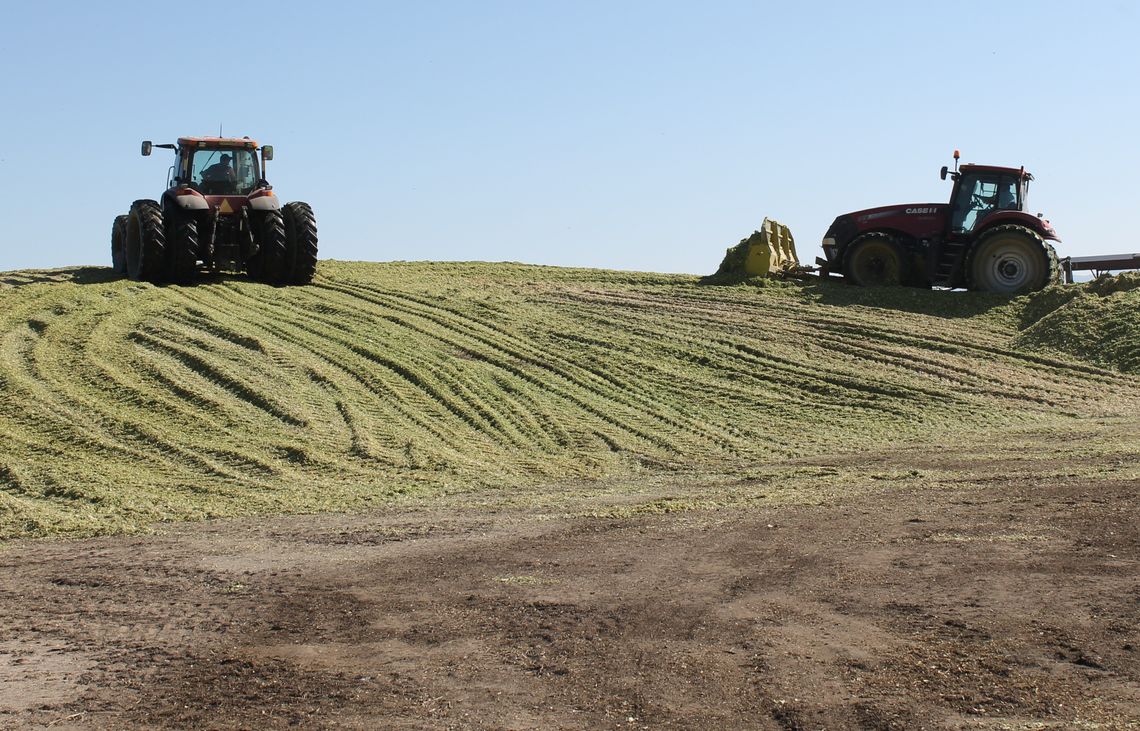






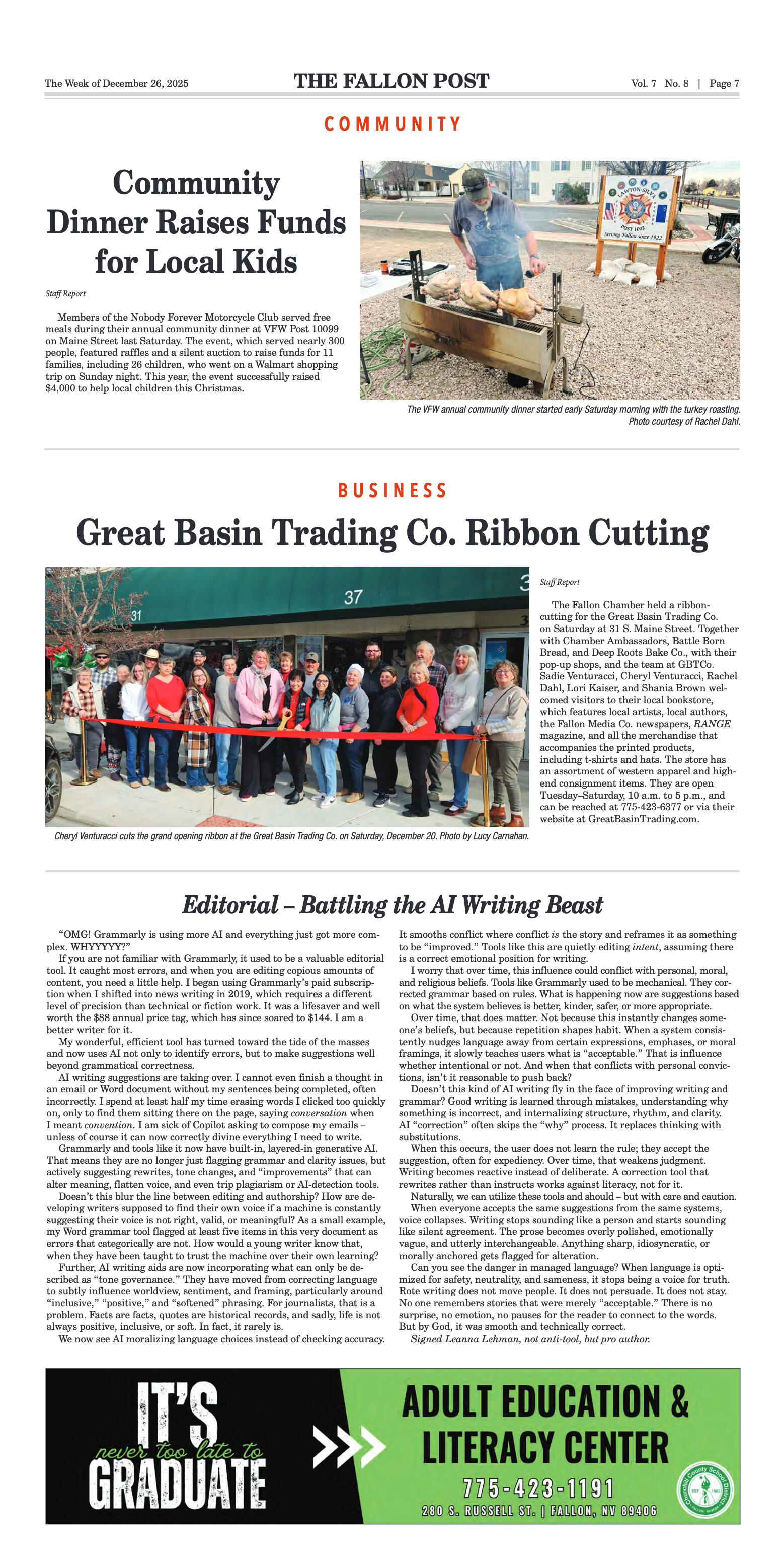
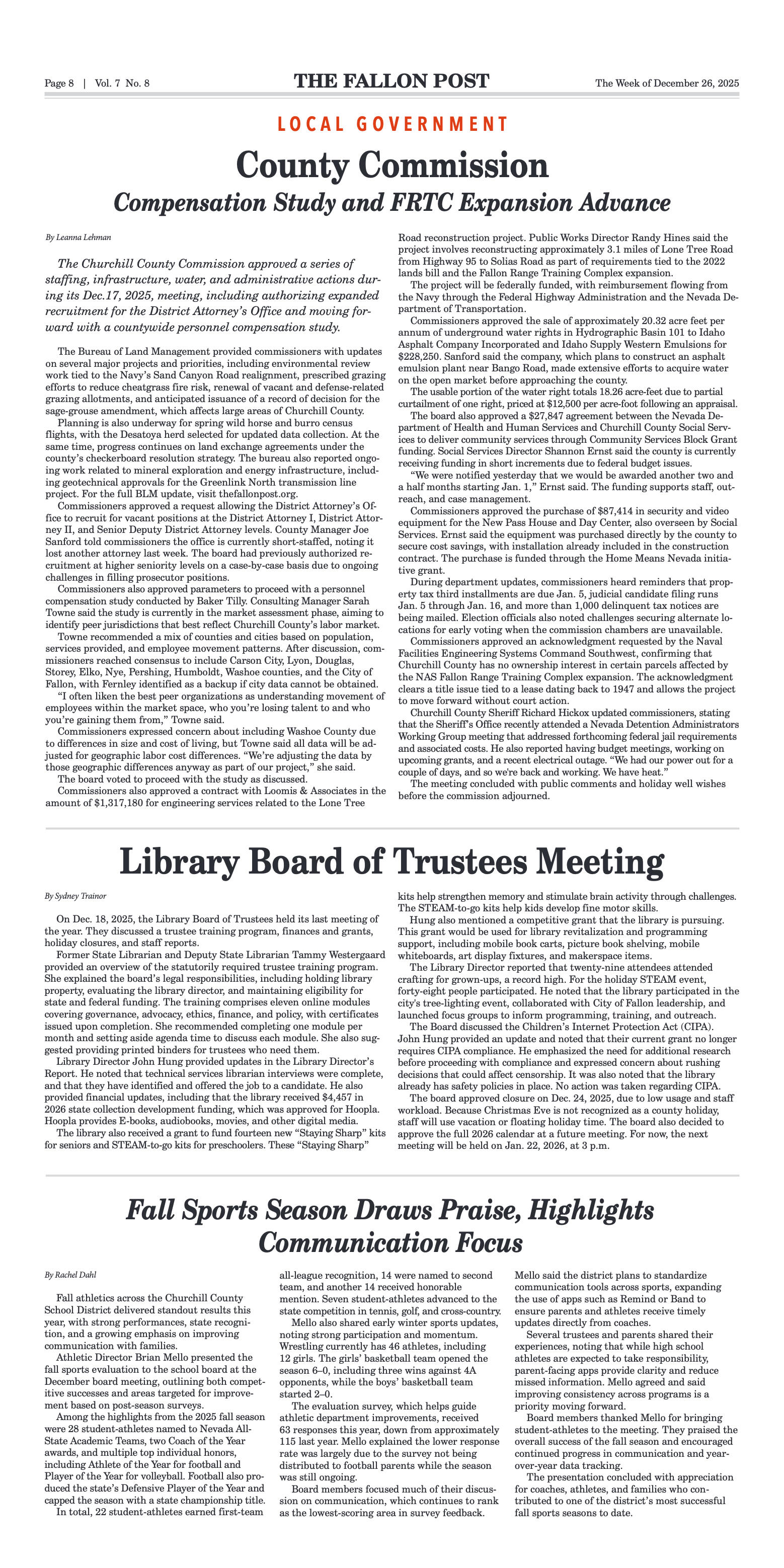
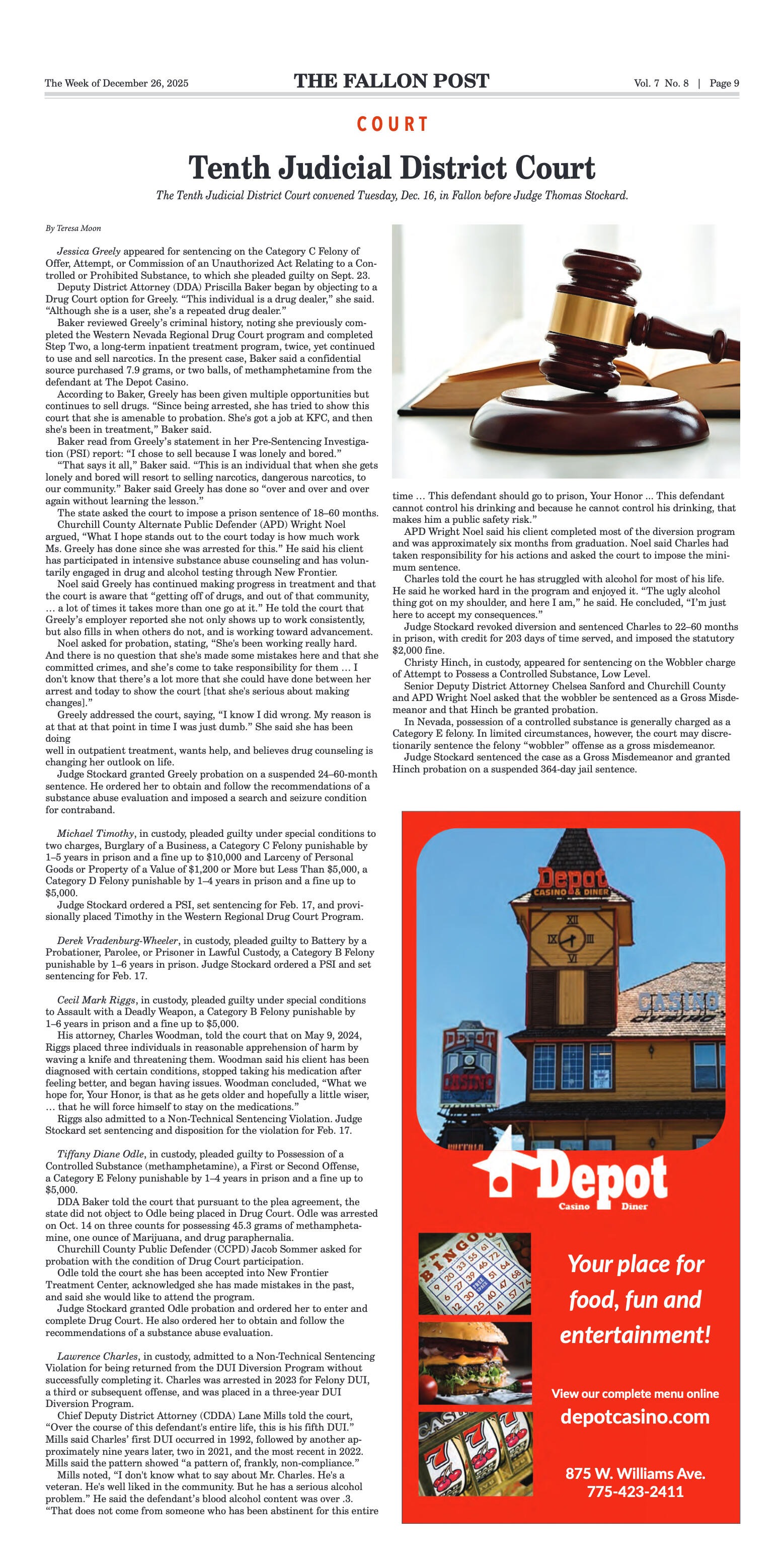
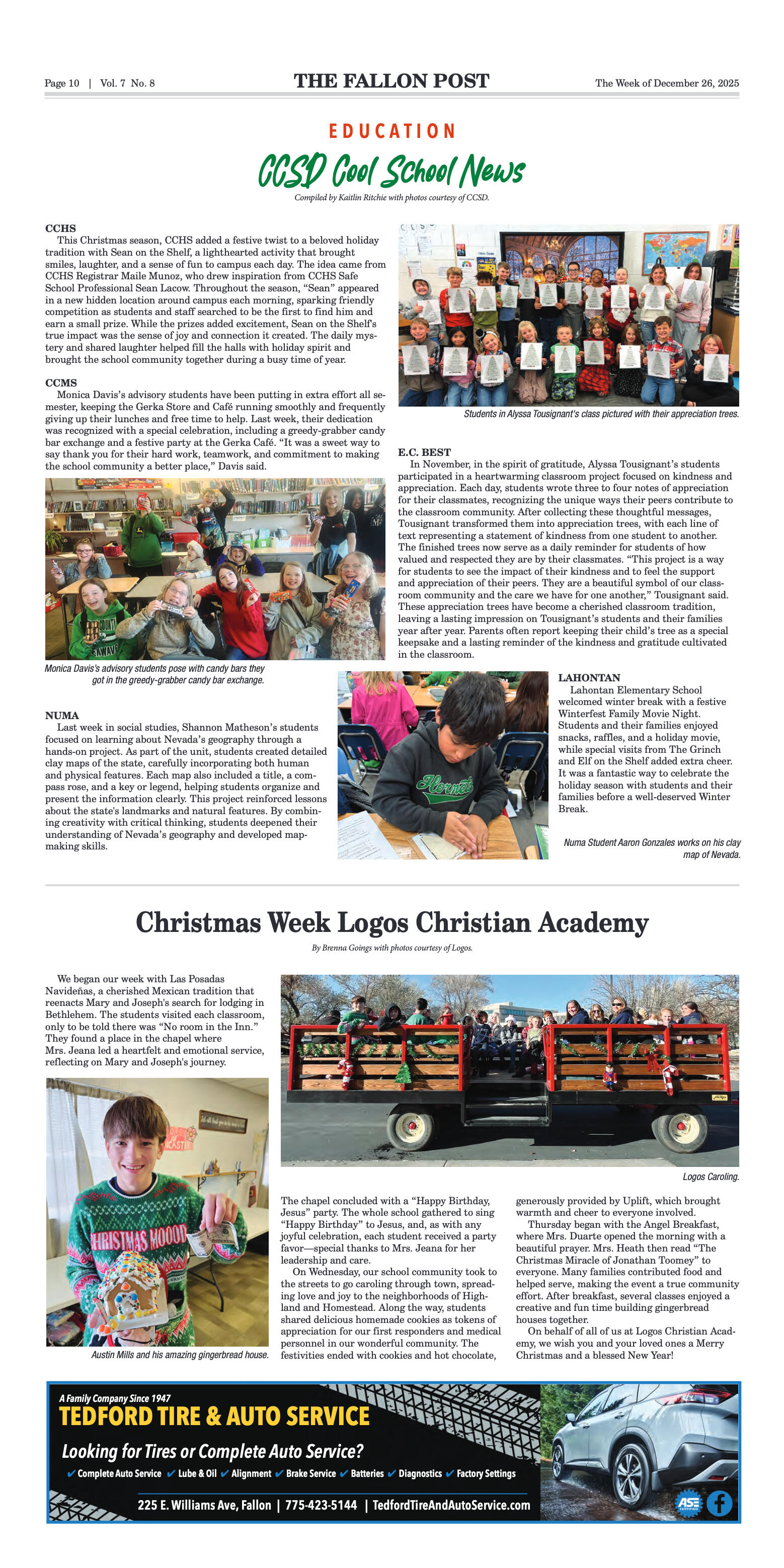
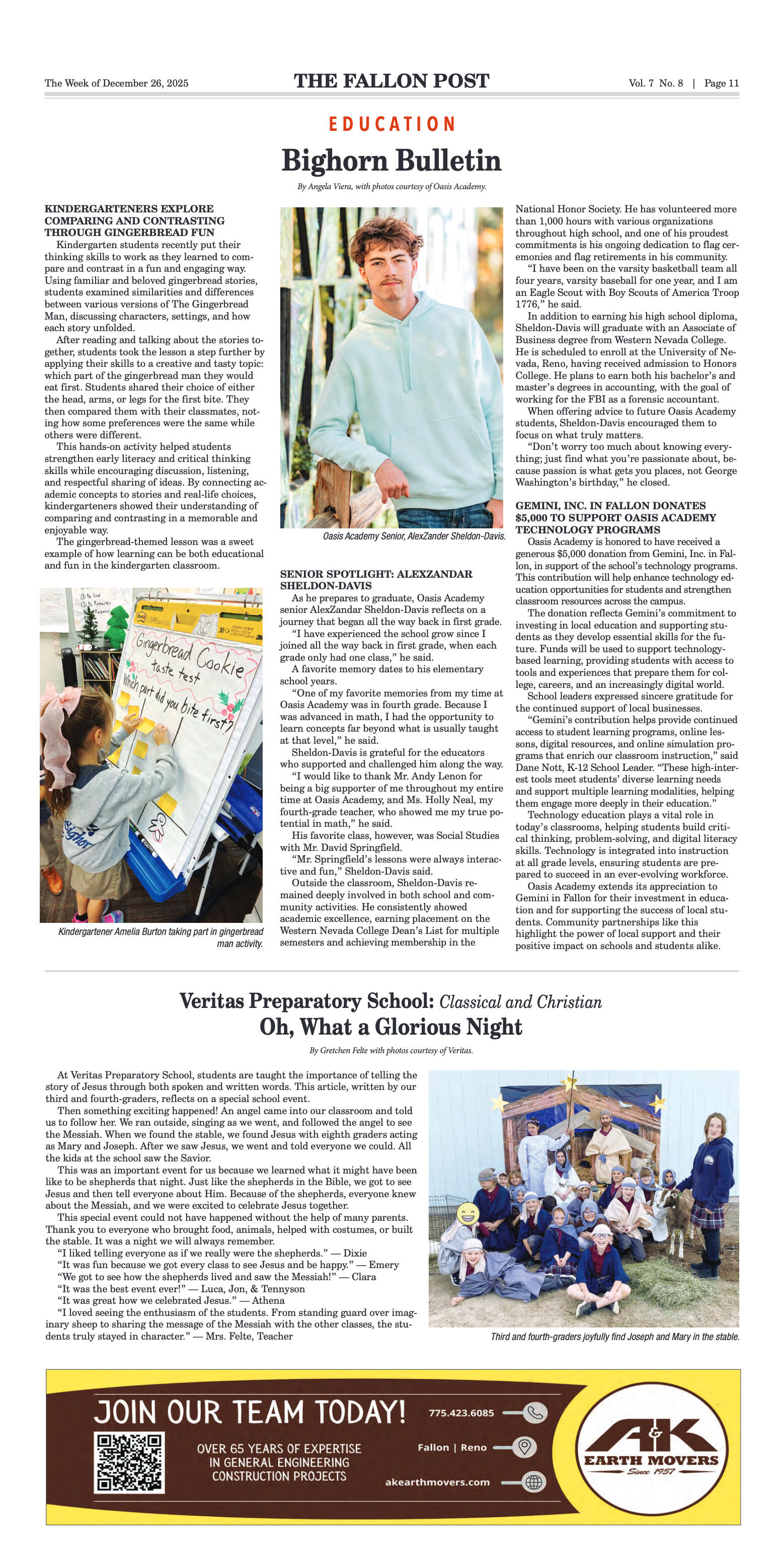


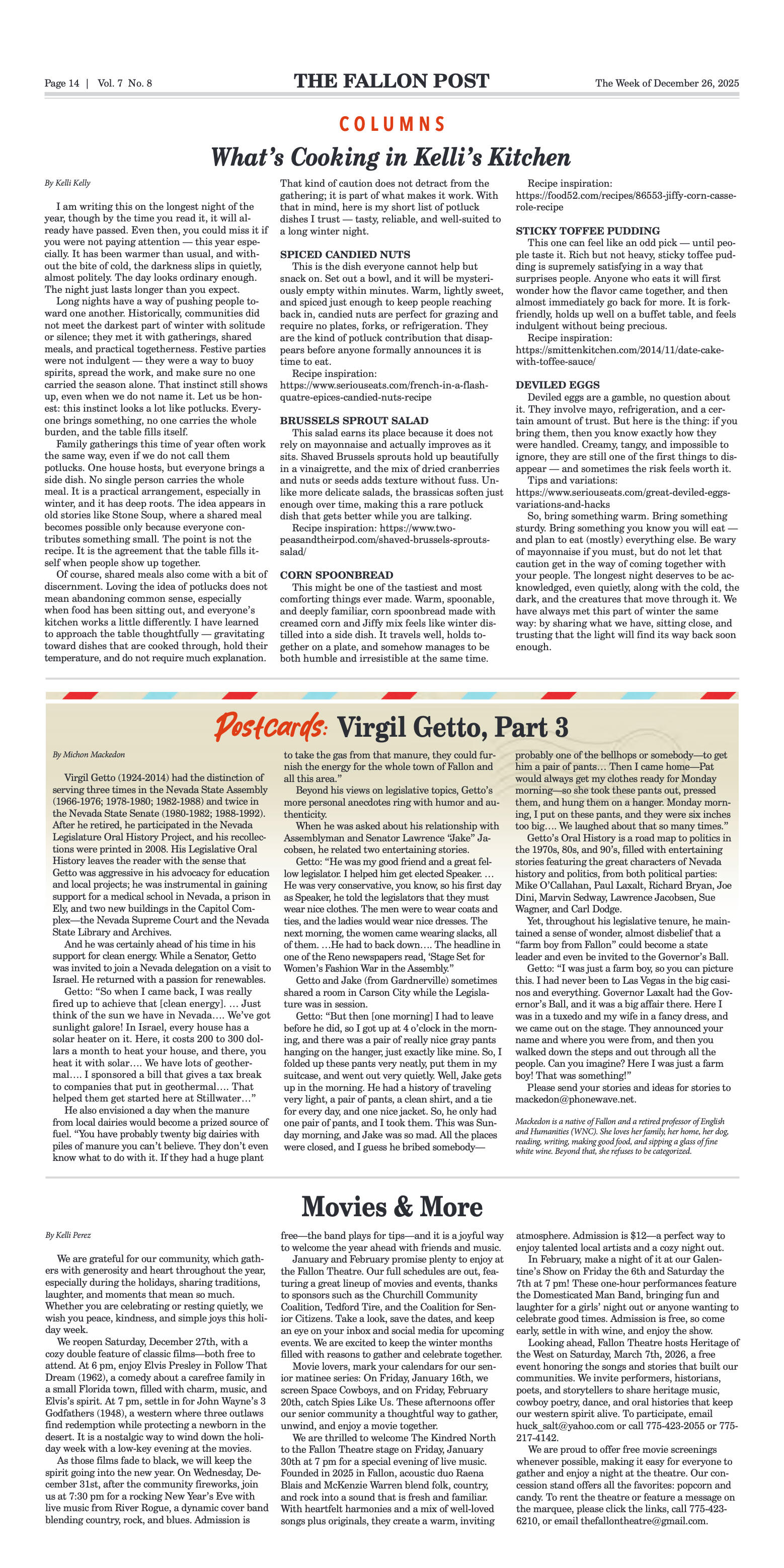






















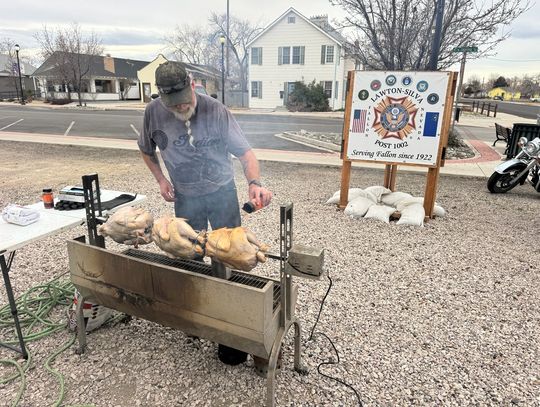





Comment
Comments